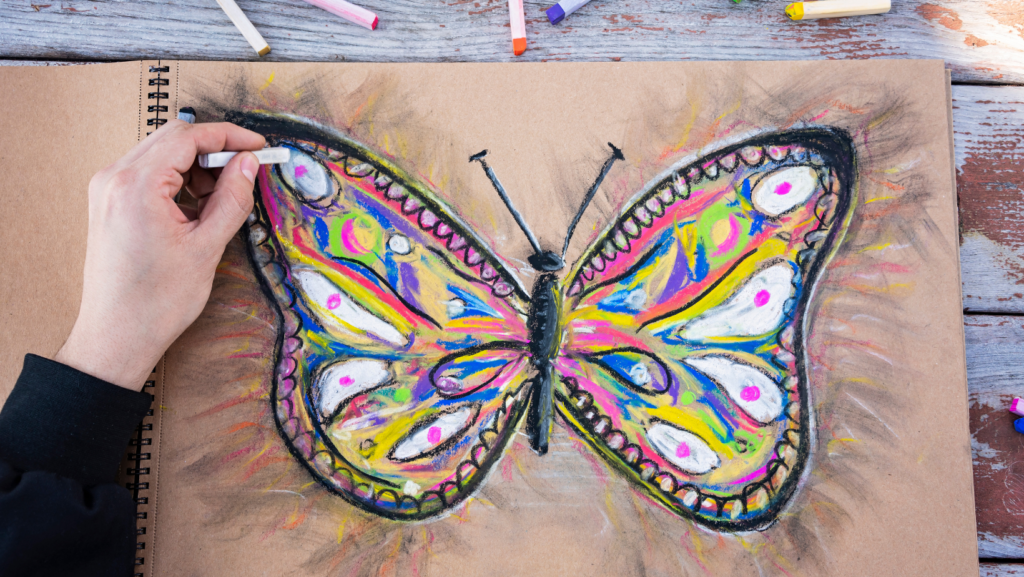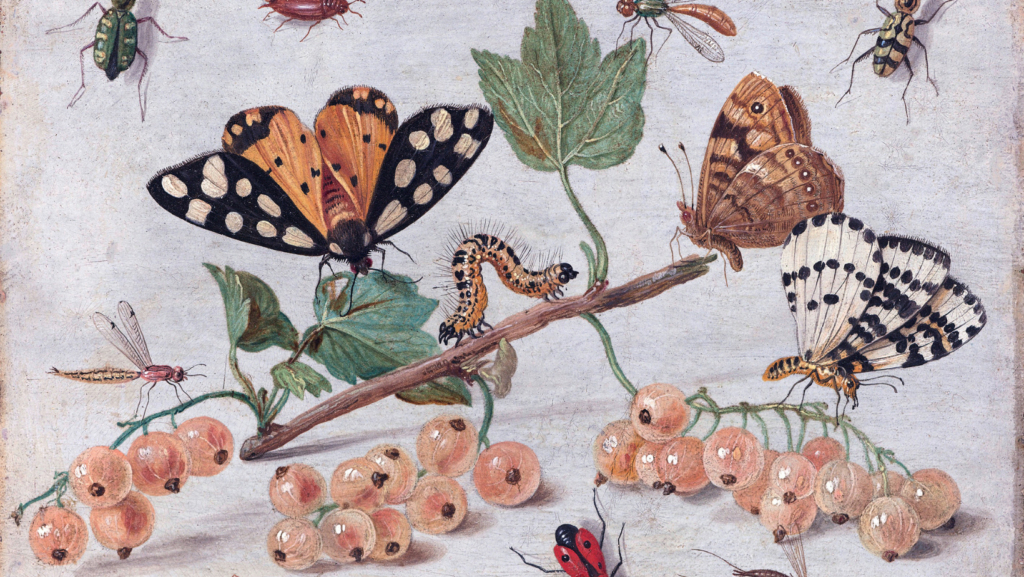
Unleashing the artist within you can be as simple as drawing a butterfly. A symbol of transformation and beauty, butterflies can add a touch of elegance to any piece of art. This article will guide you on the journey of creating your own butterfly sketch, regardless of your artistic skill level.
Drawing:5dlmdowxula= Butterfly

Uncovering the key physical features, artists identify three main components: the body, wings, and antenna. The body, slim and segmented, serves as the anchor for the wings and antenna. The wings, typically four in count, radiate vividly illustrated patterns, sparkling with nature’s palette. The antenna, a critical sensory tool, extend from the butterfly’s head, partially arched, ending in a club-shaped tip.
Meticulous observation of wing patterns reveals a breathtaking gamut of shapes and colors, bringing the butterfly to life on paper. Every species brandishes a unique mix of hues and designs, from the simplistic striped zebra longwing to the ornate blue morpho’s shimmering iridescence.
Choosing the Right Materials
Making a butterfly come alive on paper involves selecting the appropriate materials. Let’s discuss which types to choose to enhance your drawing.
Pencils and Sketchbooks

Pencils play a prominent part in the initial phase of butterfly drawings. A sketching pencil, commonly graded as ‘HB’, achieves light, erasable marks, perfect for formulating your basic design.
Sketchbooks, on the other hand, affect the treatment of your pencils. A paper with mild texture, also known as medium-surface drawing paper, gives a good grip for the pencil, aiding in smoother lines.
Colors and Brushes
Following sketching, we turn to colors, the aspect that injects life into your butterflies. For vibrant, natural butterfly colors, watercolor paints serve best. They give a translucent effect, replicating the shimmer seen on actual butterfly wings.
Brushes translate the paint onto paper. Choose a small, pointed round brush for intricate wing patterns. It allows precision while maintaining the organic look of the design. A larger square brush efficiently paints larger areas of the wings, preserving the uniformity of color.
Adding Details and Texture
Once you’ve established the basic form, it’s time to breathe life into the drawing. Start embellishing butterflies with intricate patterns, which are typically in the form of spots, lines or swirls for different species. For texture, inject contrast using a mixture of hard and soft pencil strokes. Delicate veins on the wings, which can be represented using thin, light lines.
Realistic Butterfly Drawings
Artists seeking a real-life representation of butterfly often leverage precision. In such drawings, attention to minute details, patterns on the wing, antennae shapes, and body structure enhances the effect of realism. Examples include:
- Sketching with a hard pencil for accuracy in outlining.
- Filling in details with colored pencils, focusing on vibrancy and consistency of color as seen in the specific butterfly species.
- Leveraging soft pastels for subtle gradients and blending of colors on the wings.
Abstract and Stylized Butterfly Art

On the opposite side of the spectrum from realistic drawings is abstract or stylized butterfly art. This style tends to emphasize the symbolic meaning over the realistic representation of a butterfly’s physical features. In abstract butterfly drawings:
- Artists might simplify or exaggerate elements, such as enlarging the wings or diminishing the body size.
- Unique color schemes that defy reality are chosen to enhance the visual impact.
- Patterns and shapes could be thrown into the mix to represent the butterfly’s transformation symbolism.
Tips for Perfecting Butterfly Drawings
No artist achieves mastery overnight; continuous practice and experimentation hold the key to perfection. After studying real butterflies, an artist starts by mimicking the observed details in their sketches. Sketching butterflies from different angles and positions, such as a butterfly in flight or at rest, develops spatial understanding and versatility.
Understanding Anatomy
Mastering the art of drawing butterflies, as this guide shows, is about understanding their anatomy, choosing the right materials, and practicing regularly. It’s a journey that starts with simple outlines and evolves into intricate details and vibrant colors. Observing real butterflies is key to capturing their true essence, while experimenting with mediums like colored pencils and watercolors brings versatility.


